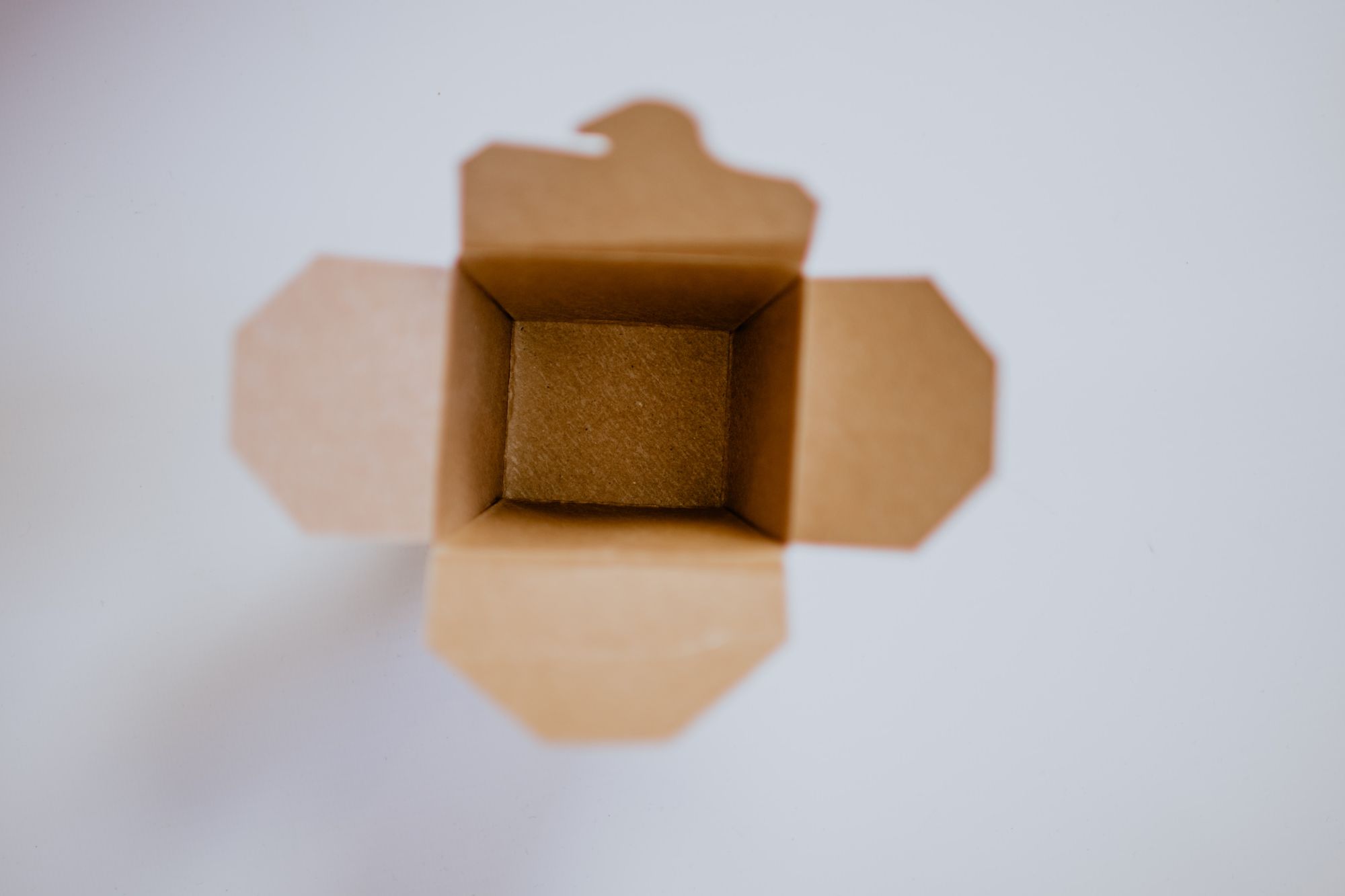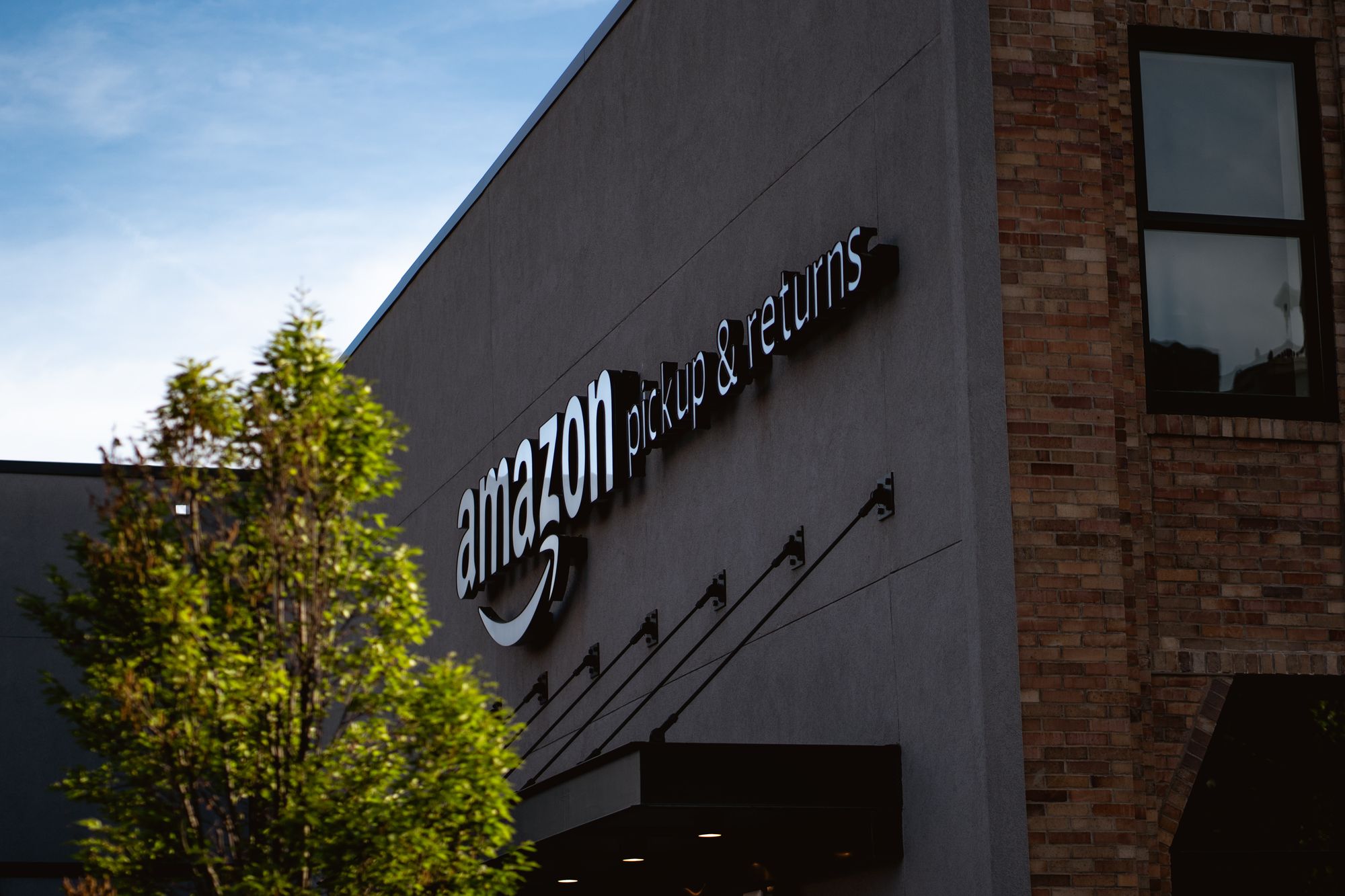In the next 10 years, e-commerce is expected to more than double. Along with this comes increasing deliveries and packaging. Now it's more important than ever to make your logistics and shipping sustainable.
Here are ten ways to reduce the carbon footprint of your e-commerce business.
1. Offer Click and Collect Delivery Options
Click and collect delivery cuts down on pollution created from delivering and re-delivering to individual addresses.
Using this shipping method, customers can collect packages at any time that suits them. The number of deliveries is reduced as they will only need to drop off packages to one location in each local area.
2. Use Recyclable Materials
Prevent your packaging from being heaped on to a landfill by ensuring that it's made from recyclable or reusable materials.
There are several green options for your packaging:
• Soy ink - made from soybeans, this is much greener than traditional petroleum-based ink as it's biodegradable.
• Brown paper - subjected to less processing than white paper, and much more environmentally friendly than plastic, this is a great alternative for box filling.
• Cornstarch packing peanuts - as fun as popping bubble wrap can be, biodegradable packing peanuts are a much greener option.

3. Reduce Unnecessary Packaging
It can be alarming for eco-conscious customers to receive a small product in a huge box. And rightly so! The larger the package, the more space is taken up in delivery vans, which inevitably leads to more pollution.
Customers are increasingly concerned about the environmental impact of online shopping and consider this when comparing similar shops.
According to Magento, 44% of consumers would be more likely to shop with a retailer if they had minimal packaging.
4. Use Biodegradable Shipping Labels
Biodegradable and compostable shipping label sheets are made from sugarcane, hemp and linen, making them 100% recyclable.
They work exactly the same way as traditional self adhesive label sheets, except they are much kinder to the environment.
5. Pick 'Green' Delivery Couriers
InPost offers 24/7 locker services for customers to pick up their parcels with a unique code, and Hermes has a network of parcel shops.
In the US, the Environmental Protection Agency has a program that shares delivery companies with low-emission rates.
6. Factor in Return Shipping
The extra fuel used by delivery vans when carrying out returns can be detrimental to sustainability. Your plan for returns should involve as little waste or pollution as possible.
To get around this, some retailers send another product without asking the customer to post a return. If you own a brick and mortar store, you could also encourage returns to their local branch.

7. Use Digital Invoicing for Receipts
Make your invoicing paper-free by using accounting software. For example, Xero is a web-based app that allows businesses to create, send, and receive invoices digitally.
Businesses can also use Xero to carry out payroll and banking activities, further banishing the need for paper.
8. Try Paperless Trade
Rather than having to print and fill out customs documentation, paperless trade enables this information to be shared digitally.
Commercial invoices and CN22/CN23 forms can be auto-generated and attached to international shipments, without any paper or ink in sight.
As well as saving the trees, this prevents costly mistakes which could result in your packages being returned to you.

9. Donate to Environmental Charities
As part of your company's green mission, giving to charities that work towards fighting climate change is a step in the right direction.
Some retailers have even set up charity foundations. For example, H&M has the H&M Foundation which supports protecting the planet, as well as other global social issues.
10. Cut down on Shipping Label Wastage
If you are manually writing or typing out shipping labels, it can be easy to make mistakes. A pile of discarded paper labels can soon mount up and make a negative impact on the environment.
Avoid human error and costly label wastage by using a shipping app to accurately generate pre-filled shipping labels for you.